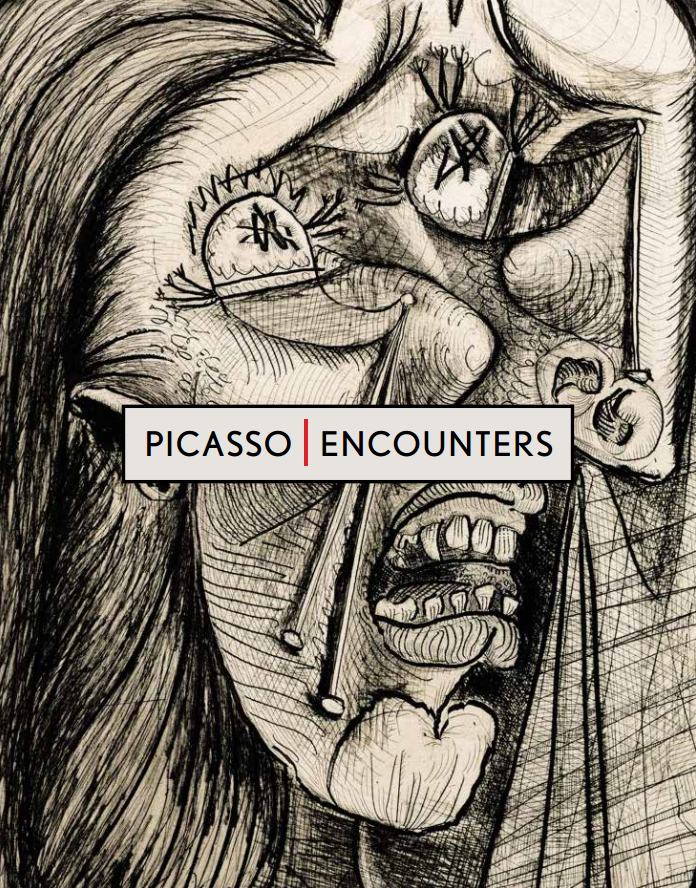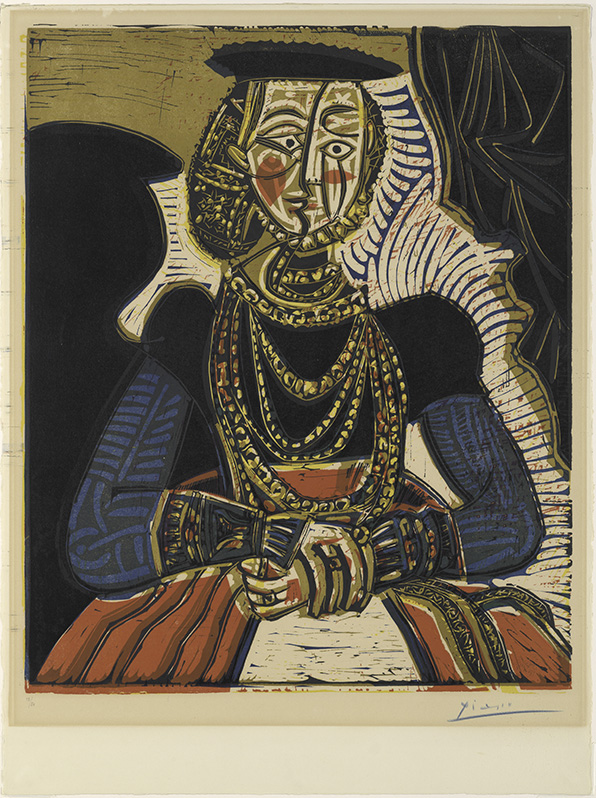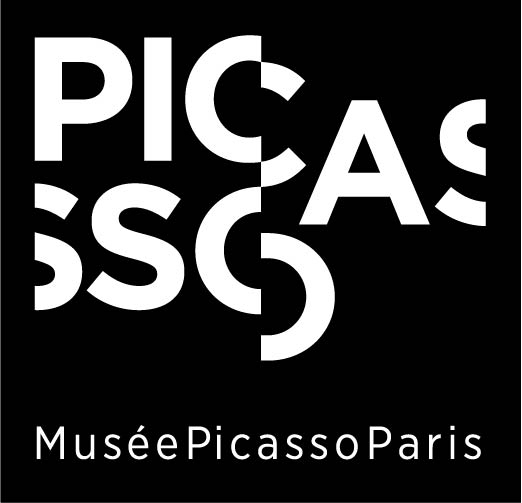
JUNE 4–AUGUST 27, 2017
ARTISTS OF THE PAST: LINOCUTS
Pablo Picasso
Spanish, 1881–1973
Portrait of a Young Girl, after Cranach the Younger, II
1958
Color linoleum cut on paper
The Metropolitan Museum of Art, New York
The Mr. and Mrs. Charles Kramer Collection, Gift of Mr. and Mrs. Charles Kramer, 1985, 1985.1079.1
© 2017 Estate of Pablo Picasso / Artists Rights Society (ARS), New York
Starting in the 1950s, Picasso worked with the linocut printer Hidalgo Arnéra to produce posters for ceramic exhibitions and bullfights. The printer described their working method as such: “Picasso worked at night; in the morning, Marcel the chauffeur brought what he had completed to the print shop with notes added by Jacqueline Roque. I pulled the proofs and returned them to [his home] La Californie at exactly 1:30. This regular rhythm of working continued for eight years, every day, except Saturday and Sunday.” This idiosyncratic procedure speaks to the collaborative effort of these printmaking ventures, which included his partner, his printer, and his chauffeur.
Another lifelong “companion” and source of inspiration for Picasso late in his career was the work of artists who preceded him from the Renaissance to the nineteenth century. His interpretations of Lucas Cranach, Rembrandt van Rijn, Eugène Delacroix, Edgar Degas, and others number in the thousands. Picasso frequently took their canvases as jumping-off points in the 1950s and 1960s. These creative copies, or as Picasso called them, his “dialogues” with artists of the past, were made in all media: paintings, prints, drawings, and sculpture.

A fully illustrated catalogue accompanies the exhibition, with an essay by Marilyn McCully on the role of printmakers in Picasso’s artistic process, as well as a new understanding of the importance Picasso’s muses played in the artist’s life by Jay A. Clarke. The catalogue is published by the Clark and distributed by Yale University Press. Call the Museum Store at 413 458 0520 to order.


